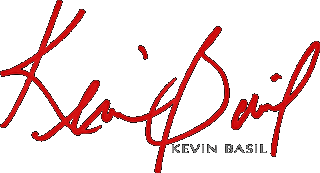Creation, Part V: With Help from St. Maximus
Warning: Undefined property: linknotes::$are_links in /var/www/vhosts/basil/kbsite/blog/wp-content/plugins/linknotes.php on line 73
Note: This series of articles has been compiled into a single article entitled “On the Dogma of Creation.” These articles remain in place for the sake of the conversations that occurred in the comments.
Part I in this series
Part II in this series
Part III in this series
Part IV in this series
In the last article, I set up what seems to me to be the most problematic of the apparent conflicts between the biological account of our origins and the theological account. According to Christian faith, particularly in the Christian East, our first parents are responsible for the human race being subject to death and corruption, which leads inevitably to sin through the fear of death. According to biology, however, death and corruption are normal, natural elements in the cycle of life.
In this article I hope to reconcile these two complementary accounts and show that they really do not conflict at all. In doing so, I wish not to invent a new doctrine nor revise the unchanging revelation of God; rather, I hope to show that one quite Orthodox description of creation, recognized by at least one of the fathers, is quite compatible with modern science. I hope, indeed, to show that it is not necessary to be novel in order to be modern. I intend to show that modern man can be traditional and Orthodox without discarding modern science.
Read the rest of “Creation, Part V: With Help from St. Maximus”
